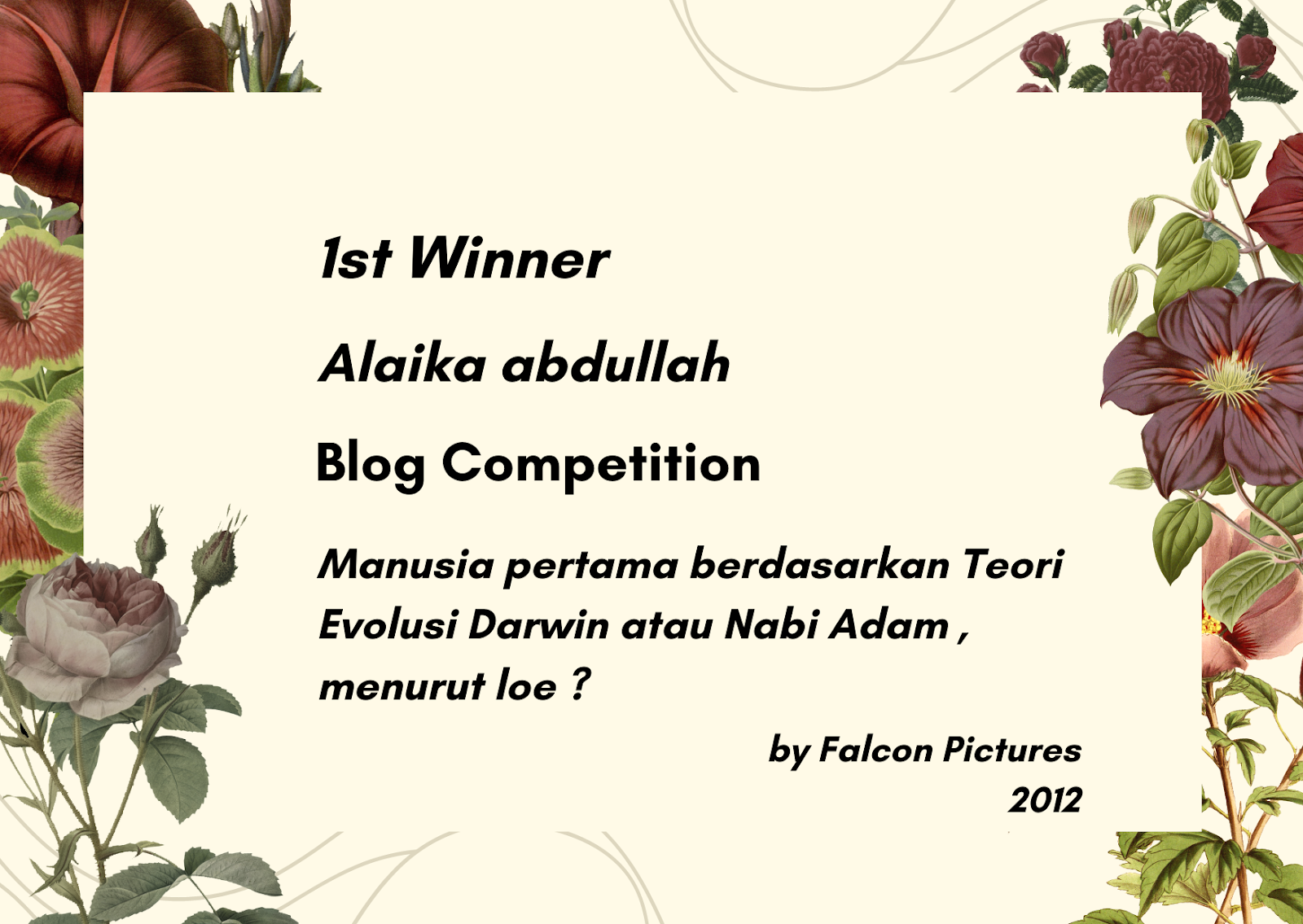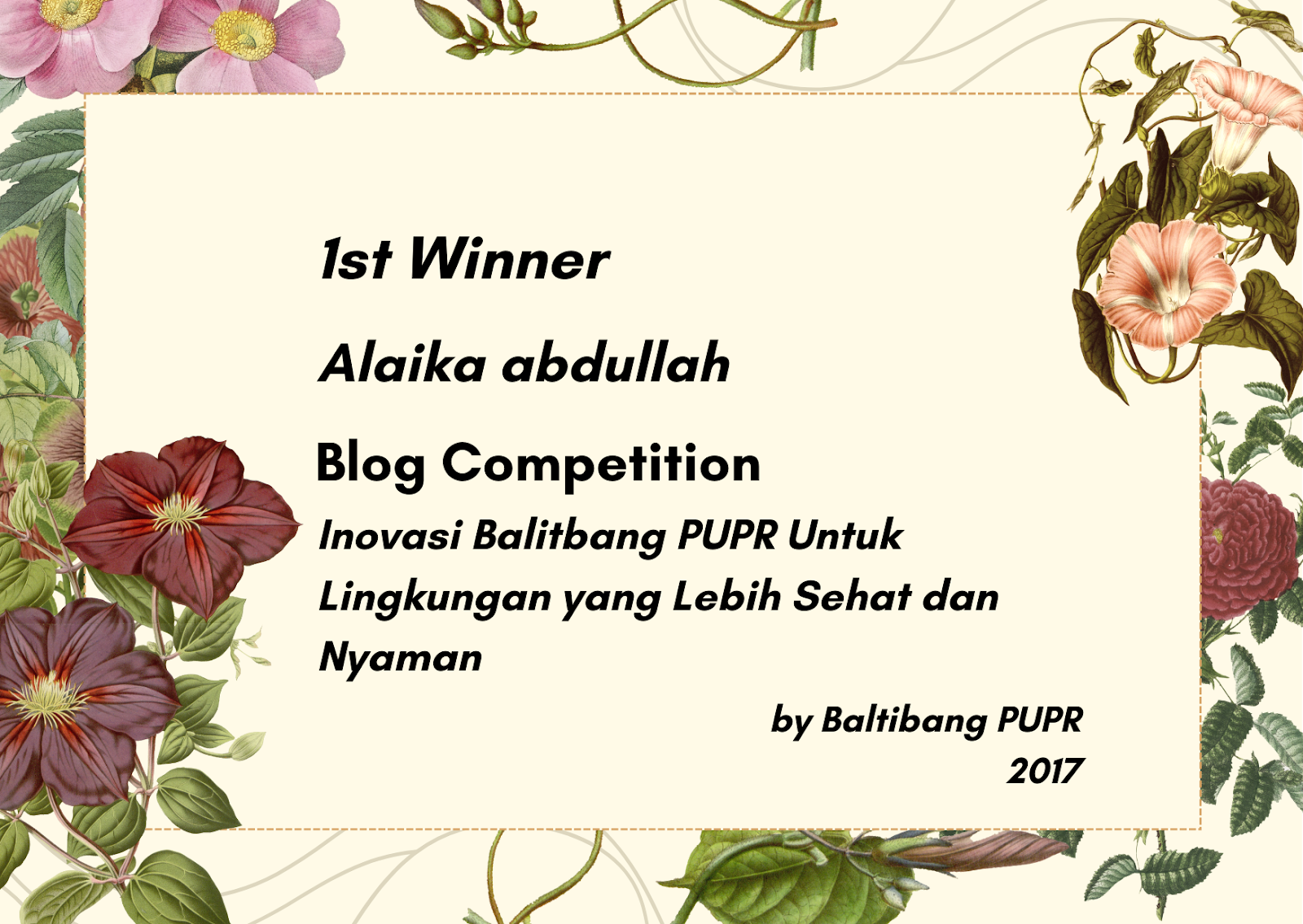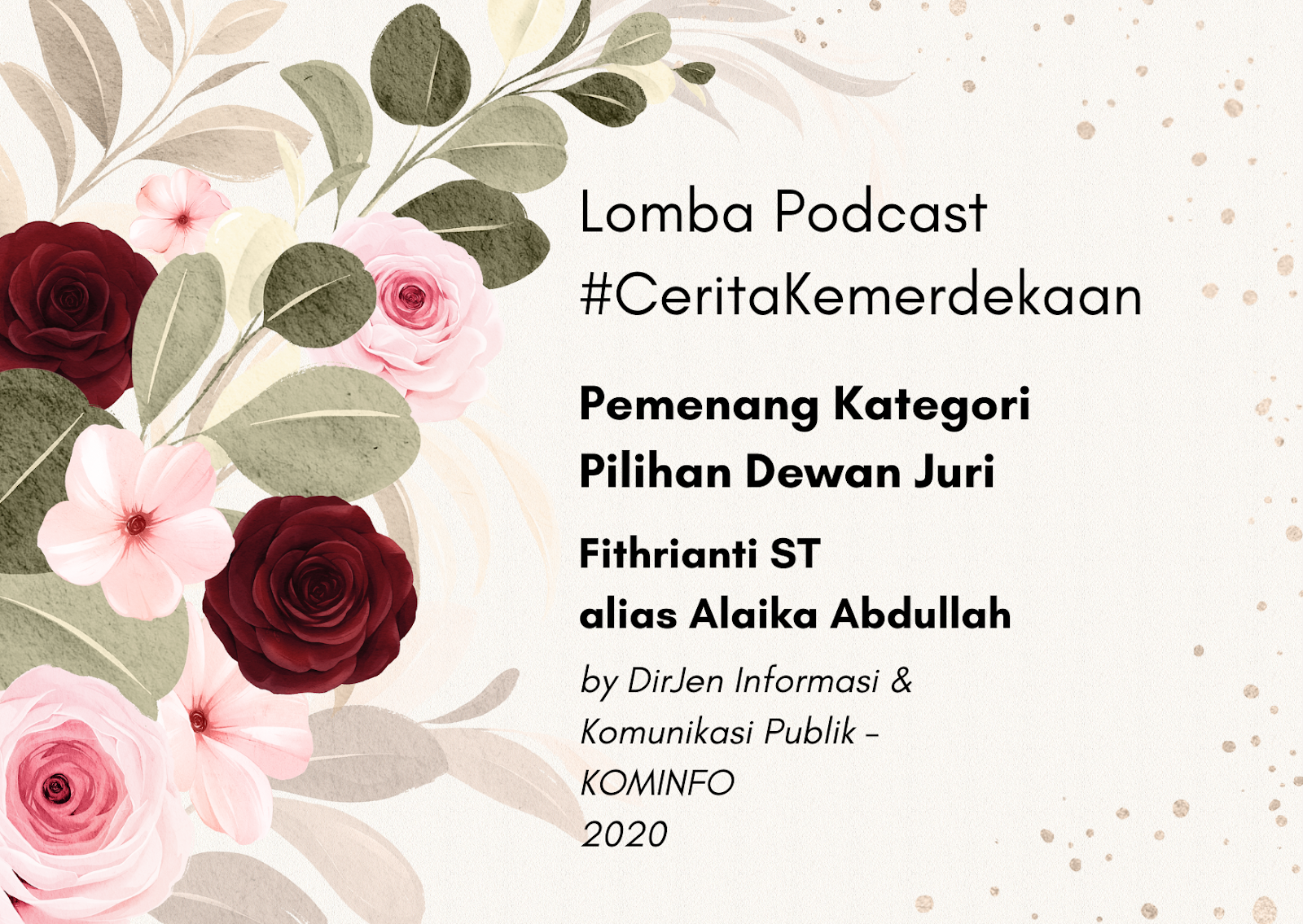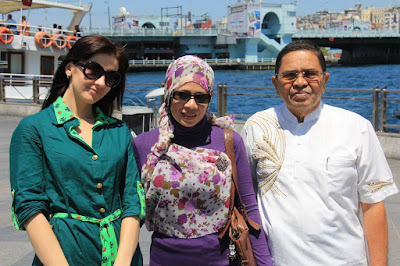CHAPTER IV
Good Morning Mates,Hope that u all are in an excellent health yach.
Today we will continue on how to write the proposal, ok? lets go to the point then...
6. Goals & Objectives (Solution = Output):
The goal of your project should be to solve the problem or problems described in the background. Goals and objectives must relate to the previous chapter, by stating what is the solution to those above problems. You need a set of (general) goals, and sets of (specific) objectives.
Start with "goals" which are general, long term, broad desires. From those goals generate specific "objectives" which are verifiable, measurable, finite, and have specific dates of achievement. For example: "To reduce illiteracy," is a goal; while "To teach basic literacy skills to 20 clients by March 2," is an objective.
You will want to be as specific as possible in stating the objectives of your project. They should be written in terms of the end results you expect in the project, not how you will achieve these results. Those results must be verifiable (ie. you can clearly show that they have been achieved, and they can be confirmed by outside observers).
When selecting the goals and objectives for the project, remember the nature of the donor you ask; what kinds of solutions are sought? The donor does not want to contribute to dependency, so is not interested in funding charitable services which may take the pressure of obligation off those authorities who should look after the rights of the local people. Most donors are not simply a source of funds for carrying out routine "operations." They are interested in supporting activities which highlight the needs of the most vulnerable and distressed, and promote self reliance, ethnic harmony and development.
7. Beneficiaries (Target Group):
In this chapter you describe the beneficiaries or target groups in some detail. You may also add indirect or secondary beneficiaries (eg people trained to help the primary beneficiaries). This can be an expansion of the topic mentioned in your background section; indicate their number, characteristics, reasons for vulnerability, locations, and so on.
Most donor agencies will be more predisposed towards your project if you can demonstrate that the beneficiaries have participated in the choice and design of the project. (An appendix can list meetings of beneficiaries, listing details such as dates, locations, times, topics discussed, speakers, and lists of beneficiary group members who attended. Refer to the appendix in this chapter; do not include it here; put it at the end of your proposal).
8. Targets and Activities (Inputs):
This chapter identifies the inputs in your project, ie what resources (cash, personnel and actions) will be put into your project.
First, start with examining possible strategies to reach the objectives mentioned above. In each case you have to link with the previous chapter. The best project proposal lists two, three or four different strategies and discards or rejects all but one of these, and says why. Then it goes on to say, "Given the objectives and strategies, what activities must be implemented or started to use that strategy and reach the objectives?"
Target means, "How much, to whom, where and by whom?" – In other words, "Who does what?" For example, what kind of training will you provide, for how long, and how many people will be involved? What specific skills will be taught and what kind of follow up activities are planned?
Indicate what kinds of jobs are being done in the project. Refer to your appendix for key job descriptions. Always refer those activities to how they will achieve the objectives mentioned above. Even the activities of the support staff must be justified in that they must be employed so as to allow the operational staff to reach their targets.
9. The Schedule (Each Action When):
In this section you describe in sequence the activities you plan in order to achieve your objectives.
If you can be so specific as to give dates, even if approximate, all the better. You may wish to use a diagram or bar chart to mark out the calendar events.
Include in the work plan the phasing of the project; how one stage of the project leads to the next.
How long will support be needed?
(When will the project end, or when will the project be locally self supporting? )
10. The Organization (Profile):
This section describes the (perhaps changing) organization and management structure needed to carry out the activities described above. The "O" in "CBO." Diagrams are very useful in this.
Describe briefly your organization's goals and activities. Be specific about its experience in working with problems of a similar nature, what its capabilities and resources are in undertaking a project of this nature.
The abilities and experience of your organization's members, your human resources, may well be your greatest asset. Indicate the kind of assistance your organization expects to receive from possible collaborating agencies. Attach additional organizational information, such as an annual report, if available.
Explain:
1. How will it be done?
2. Who is responsible for the project?
3. Who will implement (who will do it)? and
4. Who will direct the implementation of the project?
Who runs the project? Who is in charge of the overall organization? Who is responsible for its overall implementation (in contrast with responsibility for its design and its monitoring, and in contrast with the separate actors, separate agencies, and separate locations) ? Will that change? These can be spelled out in the proposal. See Organizing byTraining for participatory methods of developing the organization.
Do not overlook the activities (labour) of volunteers who contribute to the project. Although they might not be paid staff, they are resources, and contribute resources to the project.
see the next poin on the next chapter. OK?
Source: www.scn.org
Good Morning Mates,Hope that u all are in an excellent health yach.
Today we will continue on how to write the proposal, ok? lets go to the point then...
6. Goals & Objectives (Solution = Output):
The goal of your project should be to solve the problem or problems described in the background. Goals and objectives must relate to the previous chapter, by stating what is the solution to those above problems. You need a set of (general) goals, and sets of (specific) objectives.
Start with "goals" which are general, long term, broad desires. From those goals generate specific "objectives" which are verifiable, measurable, finite, and have specific dates of achievement. For example: "To reduce illiteracy," is a goal; while "To teach basic literacy skills to 20 clients by March 2," is an objective.
You will want to be as specific as possible in stating the objectives of your project. They should be written in terms of the end results you expect in the project, not how you will achieve these results. Those results must be verifiable (ie. you can clearly show that they have been achieved, and they can be confirmed by outside observers).
When selecting the goals and objectives for the project, remember the nature of the donor you ask; what kinds of solutions are sought? The donor does not want to contribute to dependency, so is not interested in funding charitable services which may take the pressure of obligation off those authorities who should look after the rights of the local people. Most donors are not simply a source of funds for carrying out routine "operations." They are interested in supporting activities which highlight the needs of the most vulnerable and distressed, and promote self reliance, ethnic harmony and development.
7. Beneficiaries (Target Group):
In this chapter you describe the beneficiaries or target groups in some detail. You may also add indirect or secondary beneficiaries (eg people trained to help the primary beneficiaries). This can be an expansion of the topic mentioned in your background section; indicate their number, characteristics, reasons for vulnerability, locations, and so on.
Most donor agencies will be more predisposed towards your project if you can demonstrate that the beneficiaries have participated in the choice and design of the project. (An appendix can list meetings of beneficiaries, listing details such as dates, locations, times, topics discussed, speakers, and lists of beneficiary group members who attended. Refer to the appendix in this chapter; do not include it here; put it at the end of your proposal).
8. Targets and Activities (Inputs):
This chapter identifies the inputs in your project, ie what resources (cash, personnel and actions) will be put into your project.
First, start with examining possible strategies to reach the objectives mentioned above. In each case you have to link with the previous chapter. The best project proposal lists two, three or four different strategies and discards or rejects all but one of these, and says why. Then it goes on to say, "Given the objectives and strategies, what activities must be implemented or started to use that strategy and reach the objectives?"
Target means, "How much, to whom, where and by whom?" – In other words, "Who does what?" For example, what kind of training will you provide, for how long, and how many people will be involved? What specific skills will be taught and what kind of follow up activities are planned?
Indicate what kinds of jobs are being done in the project. Refer to your appendix for key job descriptions. Always refer those activities to how they will achieve the objectives mentioned above. Even the activities of the support staff must be justified in that they must be employed so as to allow the operational staff to reach their targets.
9. The Schedule (Each Action When):
In this section you describe in sequence the activities you plan in order to achieve your objectives.
If you can be so specific as to give dates, even if approximate, all the better. You may wish to use a diagram or bar chart to mark out the calendar events.
Include in the work plan the phasing of the project; how one stage of the project leads to the next.
How long will support be needed?
(When will the project end, or when will the project be locally self supporting? )
10. The Organization (Profile):
This section describes the (perhaps changing) organization and management structure needed to carry out the activities described above. The "O" in "CBO." Diagrams are very useful in this.
Describe briefly your organization's goals and activities. Be specific about its experience in working with problems of a similar nature, what its capabilities and resources are in undertaking a project of this nature.
The abilities and experience of your organization's members, your human resources, may well be your greatest asset. Indicate the kind of assistance your organization expects to receive from possible collaborating agencies. Attach additional organizational information, such as an annual report, if available.
Explain:
1. How will it be done?
2. Who is responsible for the project?
3. Who will implement (who will do it)? and
4. Who will direct the implementation of the project?
Who runs the project? Who is in charge of the overall organization? Who is responsible for its overall implementation (in contrast with responsibility for its design and its monitoring, and in contrast with the separate actors, separate agencies, and separate locations) ? Will that change? These can be spelled out in the proposal. See Organizing byTraining for participatory methods of developing the organization.
Do not overlook the activities (labour) of volunteers who contribute to the project. Although they might not be paid staff, they are resources, and contribute resources to the project.
see the next poin on the next chapter. OK?
Source: www.scn.org





















0 comments